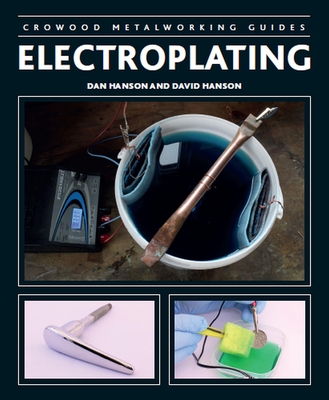
description
op can seem a daunting task due to the range of chemicals, the unfamiliar processes and the underlying chemistry involved. However, the results of a well-cleaned item and a well-maintained electrolyte are overwhelmingly impressive and, compared to sending parts to be industrially electroplated, are very cost effective. The practical advice given in Electroplating will provide you with the confidence and ability to create an electroplating tank of your own. This book will guide you through each of the processes and the equipment needed to start your own plating system and, alongside detailed step-by-step photographs and diagrams, provide instructions on their most effective use. It covers: the history and scientific basics of the electroplating process; types of electroplating metals and their function and applications; formulations and ingredients for electroplating solutions; advice on selecting the best equipment to use depending on tank size; detailed processes of cleaning and its vital importance to the final results and finally, safety information including personal safety and the correct disposal of chemicals.
member goods
No member items were found under this heading.
notems store
listens & views

JVC JAZZ FESTIVAL PRESENTS A ...
by JVC JAZZ FESTIVAL PRESENTS A NIGHT OF / VARIOUS
COMPACT DISC$16.75
Return Policy
All sales are final
Shipping
No special shipping considerations available.
Shipping fees determined at checkout.






